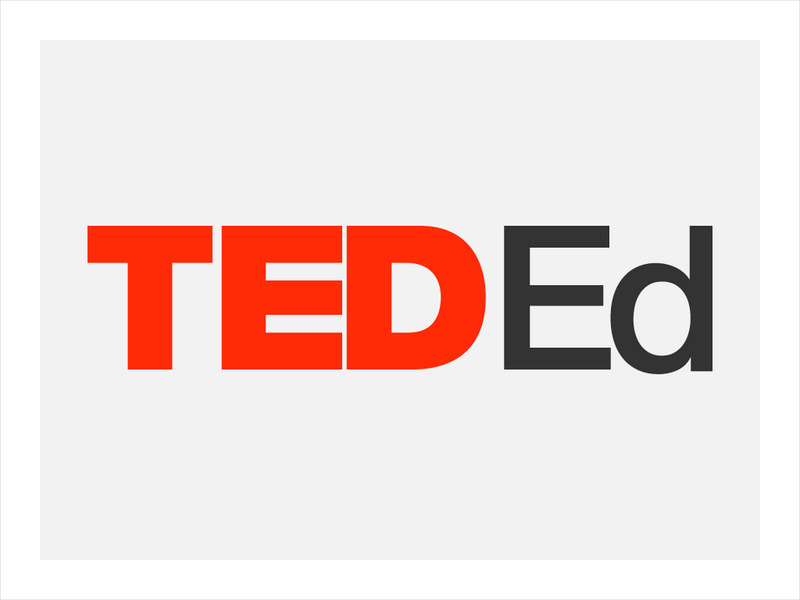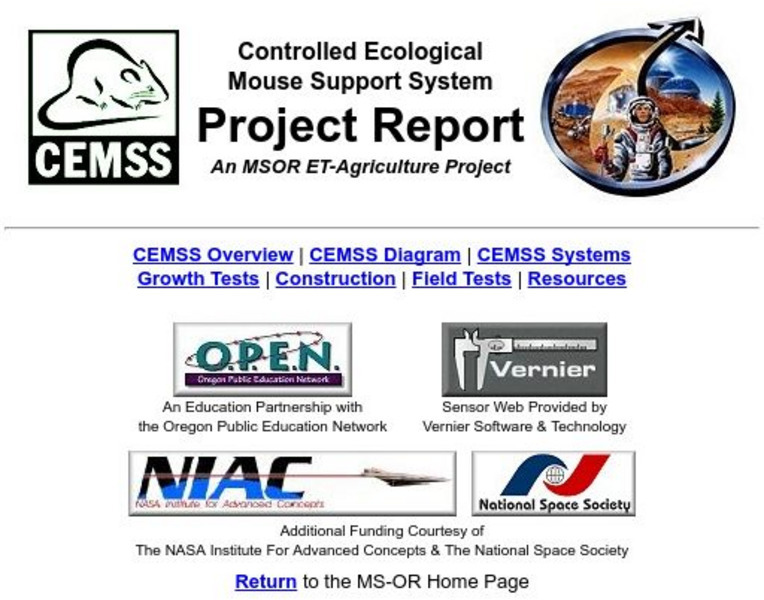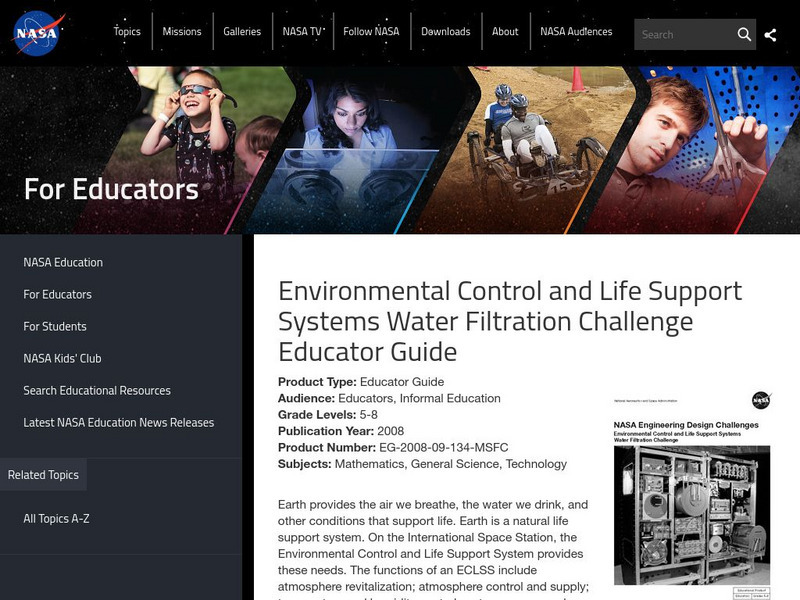Curated OER
The Gulf of Maine
Students examine the effect of limiting factors, especially when it comes to human beings. They examine data from the Gulf of Maine area.
Curated OER
How to Play Baseball a Social Skills Lesson
Team sports are quite social; they involve following rules, playing cooperatively, communication, taking turns, and interpersonal relations. Introduce your special education class to the all-American sport of baseball. They learn about...
Utah Education Network (UEN)
The Pasture and the Fence
Beginning geometers use tiles and grid paper to draw and calculate perimeter and area. Rectangles of different sizes are created and then measured to build understanding. The one-inch grid sheet referenced is attached.
Minnesota Literacy Council
Scientific Method
Here is a resource with a descriptive approach to explaining the scientific method. It's simple, but effective for both introduction and reinforcement of this concept.
Arts & Humanities
Let's Go Buggie!
To celebrate art youth month, little ones get out the magnifying glasses and get close-up with bugs. They make scientific observations of bugs you bring into the classroom. Then, they use markers, clay, paint, or crayons to make artistic...
Achieve
Fences
Pupils design a fence for a backyard pool. Scholars develop a fence design based on given constraints, determine the amount of material they need, and calculate the cost of the project.
Curated OER
Window Gardens
Students use a plastic sandwich bag containing a damp paper towel taped to a window as a model system to observe the germination and early growth of radish seeds. They are challenged to pose a question about seed germination and growth...
Curated OER
Diversity Day
Eleventh graders explore a variety of different cultures and their traditions. They complete an evaluation and short reflection of the day on the following prompts: I learned I... and I wish I... Each student then observes and talks with...
Curated OER
Bud, Not Buddy: Anticipation Guide
Hoover flags? Hoover blankets? Hoovervilles? Drawing upon prior knowledge of the Great Depression class members respond to the prompts on an anticipation guide for Bud, Not Buddy, Christopher Paul Curtis’s tale of Bud Caldwell’s quest to...
Curated OER
Habitable Zones
Students focus on stellar luminosities to estimate size of habitable zones, map out habitable zone around hot light bulbs that serve as models of stars, investigate how size of model "habitable zone" around light bulbs depends on...
Curated OER
Too Hot? Gotta Vent!
Students study deep sea exploration and underwater geology, specifically hydrothermal sea vents. They create digital video projects of their own to demonstrate their knowledge, illustrating the discoveries of the explorers of the ocean's...
Curated OER
Insects
Third graders research an insect and creates a brochure on that selected insect. Each student develops a Venn Diagram comparing similarities and differences between moths and butterflies.
Curated OER
Flight Direction
Students are introduced to NASA's Connect Series and Flight Direction programs. They explore the world of aeronautics and their missions. Students receive a front role set to the concepts and skills involved with the various NASA programs.
Curated OER
Coin Art 4-6
Students study the historical figures and symbols of U.S.
patriotism depicted on the penny, nickel, dime, and quarter coins and learn that artists designed the portraits and other images on the coins. They research Texas symbols and...
Curated OER
Lesson 14- Merce Cunningham: A Lifetime of Dance
Students analyze the techniques of modern dance choreography. They keep a journal as they observe the movement of people and animals. They use the movements to create a dance piece.
Curated OER
Our World A Complex Eco-system
Sixth graders set up an ecosystem, investigate conservation techniques, develop an action plan for conservation, and various other activities to explore the ecosystem.
Curated OER
All Washed Up
Fourth graders simulate filtration of water containing contaminates to determine how nature cleans water. They make predictions, report observations, and construct reasonable explanations concerning their outcomes. then connect this to...
Curated OER
Air Pollution Over Where?
Young scholars predict the movement of an air borne pollutant using their understanding of air currents. They determine which governments and/or communities should be contacted to be forewarned. They also explore the properties of their...
BioEd Online
Bio Ed Online: Plants in Space
Lesson focuses on the Plants in Space experiment which studied how plant roots developed in a weightless environment. Students will conduct three scientific investigations to learn how light, gravity and microgravity affect the growth of...
Concord Consortium
Concord Consortium: Stem Resources: Is There Life in Space?
In this investigation, students will explore whether or not there can be life outside of Earth by using planet hunting models to discover how scientists find new planets. They will perform simulated spectroscopic measurements to...
TED Talks
Ted: Ted Ed: A Needle in Countless Haystacks: Finding Habitable Worlds
In this video, Ariel Anbar describes the characteristics scientists use to determine whether a planet might be habitable. [5:11] Followed by a short quiz and a list of additional resources to explore.
Other
Mars Society: Oregon Chapter: Controlled Ecological Mouse Support System
Explore a model environment which emulates the basic workings of a bio-regenerative system. The purpose of this project is to demonstrate advanced life support systems essential for future Mars self-sustaining environments.
NASA
Nasa Environmental Control and Life Support Systems Water Filtration Challenge
This educator guide provides students with a challenge to design, build, and test a water filtration system, simulating what is used in a spacecraft. Includes background information, lesson plans, and extension activities.
REMC Association of Michigan
Remc Association of Michigan: 21 Things4 Students: 3. My Digital Life
This tutorial will help you build an understanding of your different learning preferences and some strategies that support them. You will learn how to reflect on your learning goals and strategies to continually monitor and improve them...























